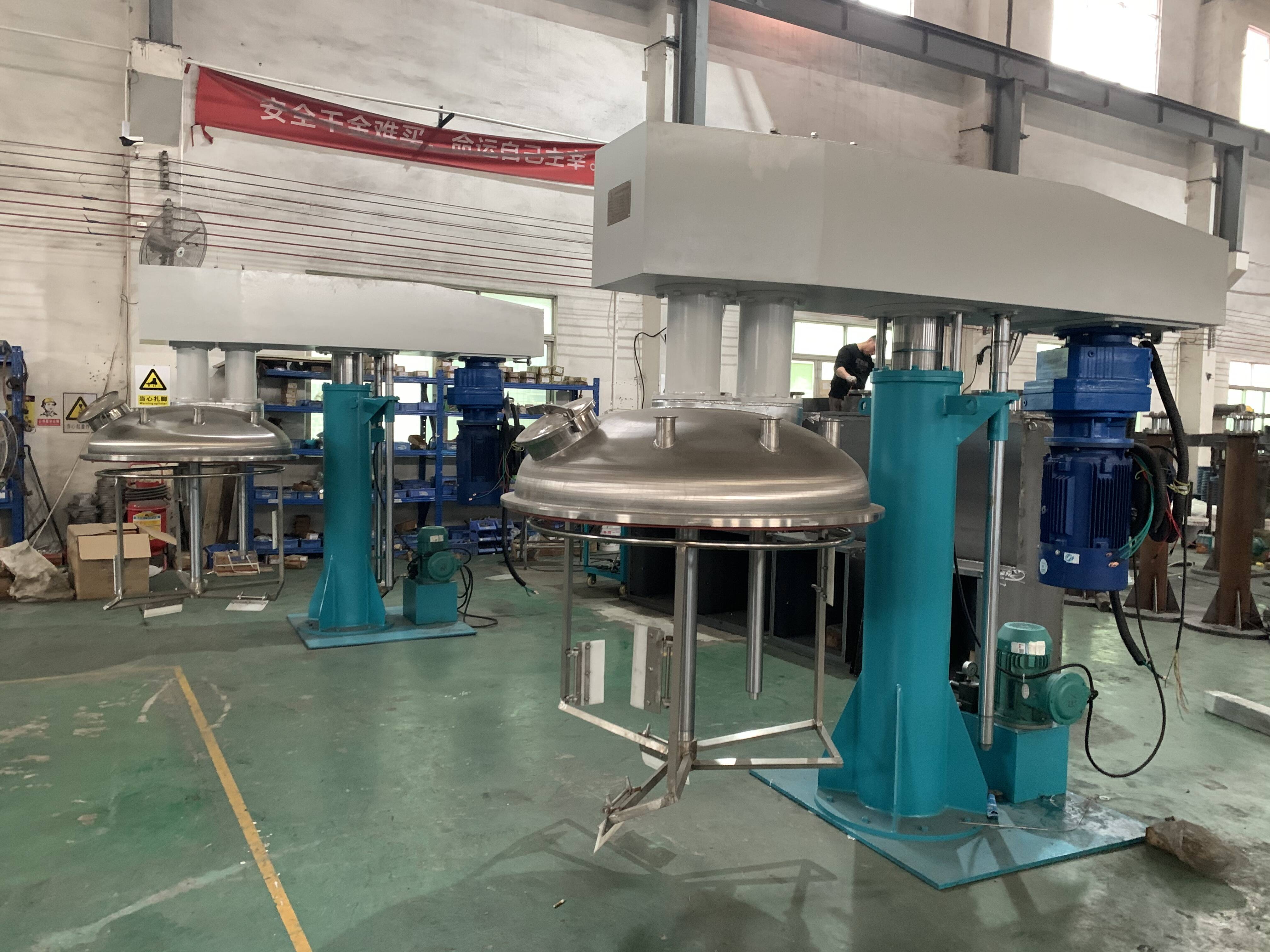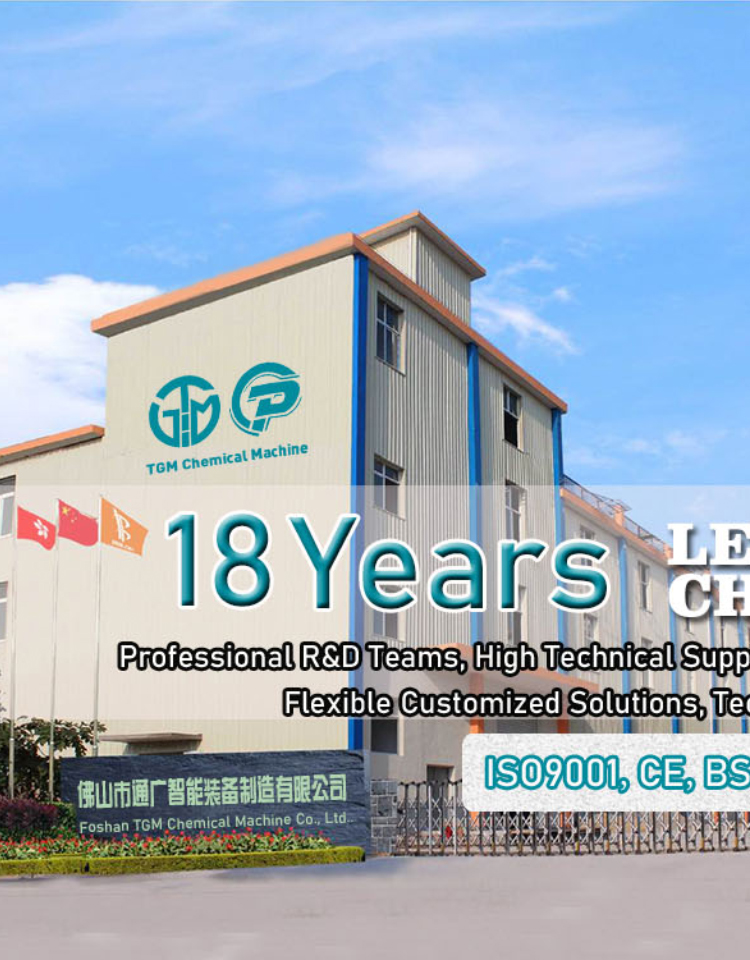Email cannot be empty
Password cannot be empty
Email format error
Email cannot be empty
Email already exists
6-20 characters(letters plus numbers only)
The password is inconsistent
Email format error
Email cannot be empty
Email does not exist
6-20 characters(letters plus numbers only)
The password is inconsistent


Everything You Need to Know About High Viscosity Paste Mixers
In industries like food, pharmaceuticals, cosmetics, and chemicals, mixing thick pastes is important for good product quality. A high viscosity paste mixer is made to mix thick, sticky materials that are hard to blend with regular mixers. This guide will explain what these mixers are, what features they have, and how they are used.
What Is a High Viscosity Paste Mixer?
A high viscosity paste mixer is designed for thick materials like pastes, gels, and creams. These materials are hard to mix because they resist flow. They have special systems that help mix them well without damaging the materials. They are needed in industries where texture and consistency are important.
Features of High Viscosity Paste Mixers
1. Strong Agitation System
It has a strong agitation system. This system mixes thick pastes without separating the ingredients. There are different agitators like double-arm, planetary, or sigma blade, each for specific types of materials.
2. Durability
They need to be durable because they mix heavy or abrasive materials. Many are made of stainless steel to last longer and resist wear and rust.
3. Temperature Control
Some pastes need mixing at a certain temperature to keep their right consistency. Many mixers have heating or cooling systems to control the temperature and keep the paste from getting too hot or solid.
4. Adjustable Speed and Torque
Pastes can vary in thickness. It lets you change the speed and power to match the paste you are mixing.
Uses of High Viscosity Paste Mixers
1. Food Industry
In the food industry, these mixers are used for products like sauces, jams, and spreads. The mixer keeps the food texture consistent, which is important in large-scale production.
2. Pharmaceutical Industry
Pharmaceutical companies use the mixers to make creams, gels, and ointments. These products need even mixing to keep their texture right.
3. Cosmetics
Cosmetic makers use these mixers to make lotions, creams, and balms. The mixer ensures the product is smooth and stable by mixing the ingredients well.
4. Chemical Industry
Chemical companies use these mixers for products like adhesives and sealants. The mixer makes sure all materials are mixed well for the right product performance.
Benefits of High Viscosity Paste Mixers
1. Faster Production
It helps make production faster. It mixes thick pastes quickly, saving time and reducing the need for extra work.
2. Better Product Quality
It ensures all ingredients are mixed well. This keeps the product quality consistent and reduces defects.
3. Cost Savings
Even though these mixers may cost more at first, they save money in the long run. They make production faster and more reliable, which reduces costs and increases profits.
What to Consider When Choosing a High Viscosity Paste Mixer
1. Viscosity Range
Make sure the high viscosity paste mixer you choose can handle the types of pastes you need to mix. Different mixers work better with different thicknesses.
2. Size and Capacity
Pick a mixer that fits your needs. Whether you need a small one for testing or a large one for big production, choose the right size.
3. Ease of Cleaning
Since high viscosity materials can leave residue, choose a mixer that is easy to clean. It should be simple to take apart and maintain.
4. Control and Automation
Some mixers have automatic controls. These can make mixing easier and more accurate. If you have complex mixing needs, an automated mixer might help.

FAQs about High Viscosity Paste Mixers
Q1: How is a high viscosity paste mixer different from a normal mixer?
A: It is made to mix thicker materials. It has stronger agitators and more powerful motors to mix pastes that normal mixers can't handle.
Q2: Can high viscosity paste mixers be used for both small and large batches?
A: Yes, there are mixers for both small labs and large factories. The key is choosing one that matches your batch size.
Q3: What are some common problems with high viscosity paste mixers?
A: Common problems include uneven mixing, parts wearing out, and difficulty cleaning. Regular maintenance and a good mixer can help solve these issues.

